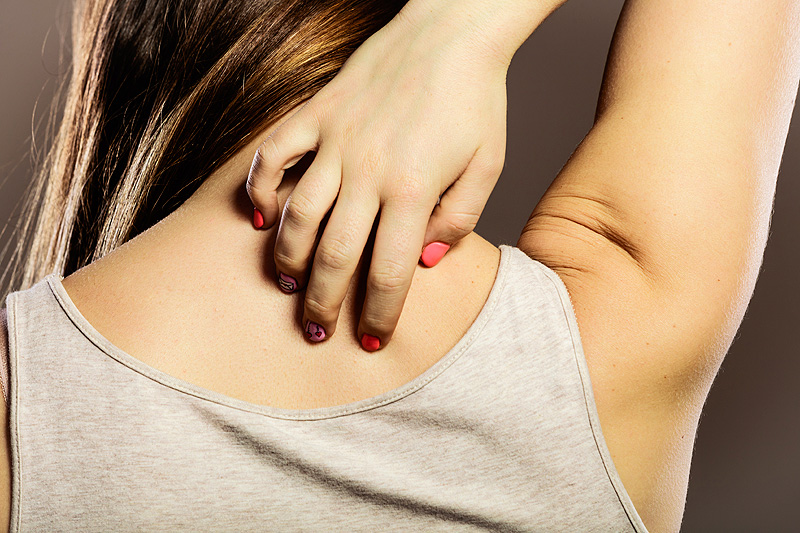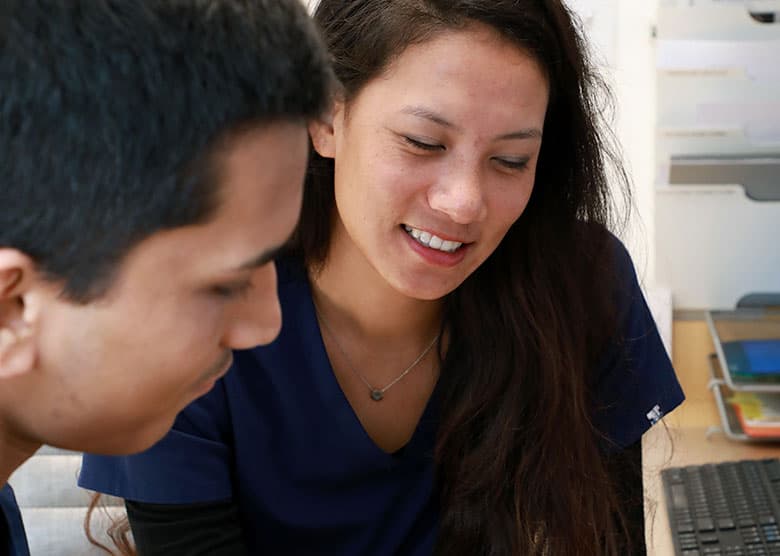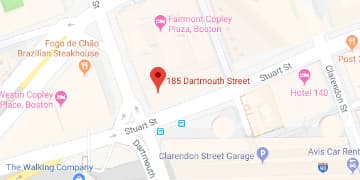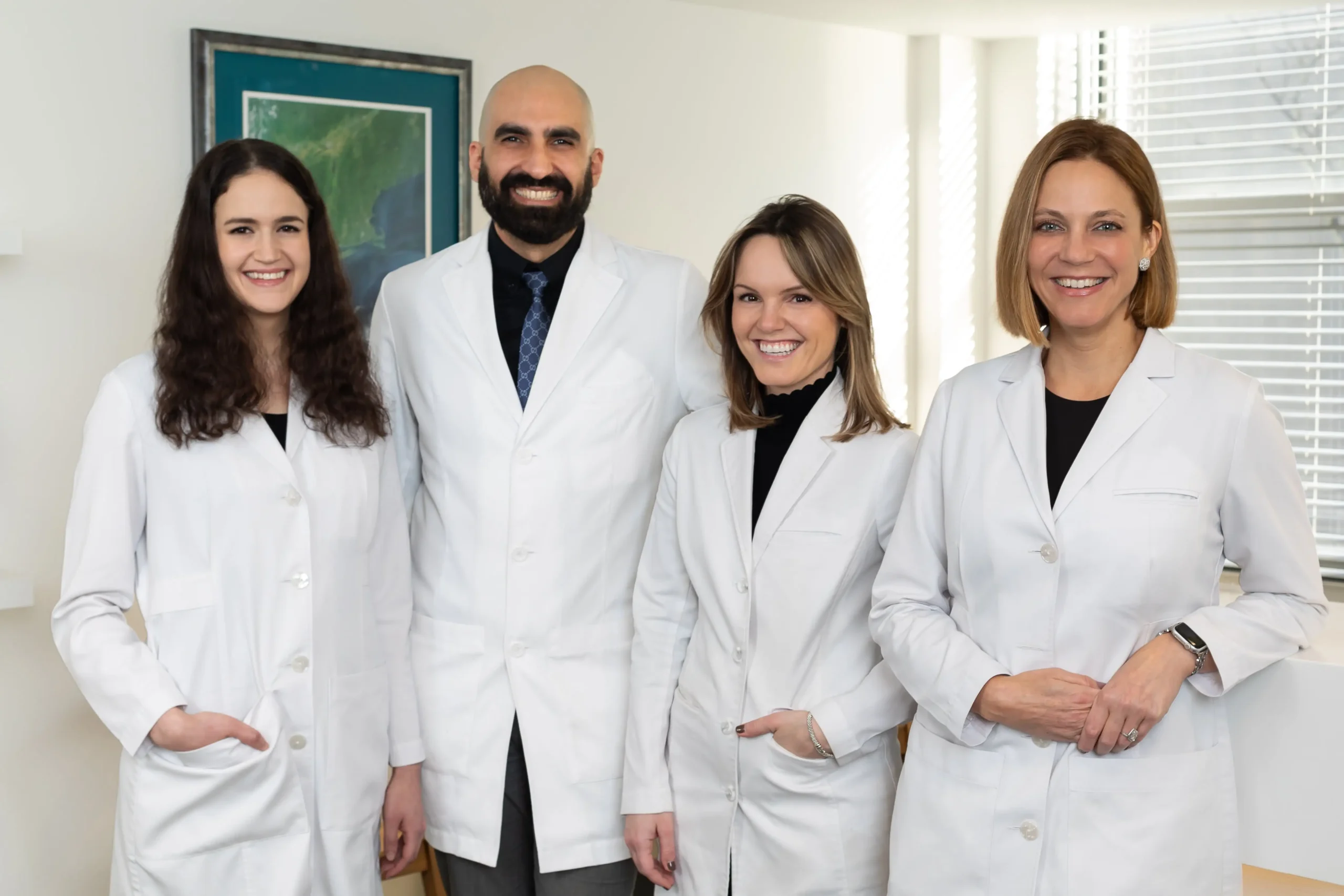What is PityriasisRosea?

Pityriasisrosea is a typical rash more often found in people between 10-35 years old. The rash usually lasts 6 – 12 weeks. The rash is often preceded by a sore throat, runny nose or other symptoms typical of the common cold.
Pityriasisrosea naturally starts as an asymptomatic single, large, pink, scaly patch named as the “herald patch”, measuring 2-10 centimeters. One to two weeks taking after the underlying appearance of the herald patch, an individual will then develop numerous littler pink spots over their trunk, arms, and legs. The second stage of pityriasisrosea shows with an extensive number of oval spots, running in breadth from 0.5 centimeter to 1.5 centimeters. This rash is normally constrained to the abdominal area, arms, and legs, once in a while on the face and neck. Pityriasisrosea ordinarily spares hands, face and feet.
Most individuals don’t see any side effects with pityriasisrosea aside from the presence of the rash itself. Gentle, irregular itching is accounted for in around half of people influenced, particularly when individuals exercise. Itching appears to elevate with anxiety.
Pityriasisrosea ordinarily requires no treatment and resolves itself. Ordinarily, pityriasisrosea will generally clear all alone within of 6-12 weeks without therapeutic mediation.
The most widely recognized symptom is itching, which can be treated with topical over-the-counter or prescription steroid creams and oral antihistamines. These won’t reduce the length of the rash yet will diminish the itching. Another treatment for itching is ultraviolet light (UVB) or sunlight.









